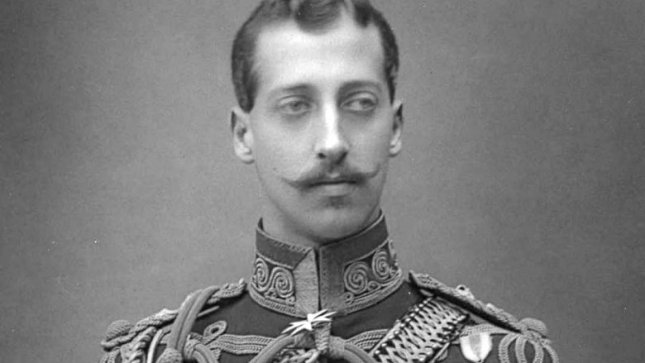
Imagine you are a woman living in the poverty trap of the East End of London in the autumn of 1888. Queen Victoria is on the throne, Lord Salisbury is Prime Minister. But high politics are of little interest to you. Making ends meet is a more pertinent concern. That, and avoiding a serial killer, stalking the Whitechapel district, who is about to be given a name, Jack the Ripper. A week ago the body of the first of his five victims, Mary Anne Nicholls was found. Two days from now he will kill Annie Chapman. Then there will be two more, Elizabeth Stride and Catherine Eddowes, at the end of this month, before a gap of almost six weeks to his final victim, Mary Jane Kelly.
If you do fall to the knife of Jack the Ripper there is an excellent chance you will go down in history as a prostitute, although there is no solid evidence that three of the Ripper’s five victims were ever involved in that line of work. So, although you will be immortalised by hundreds of ‘true-crime’ writers, each convinced they have identified your killer, there will be an implicit question in all of their writing. What were you doing wandering around the streets of Whitechapel late at night? As we are unable, definitively, to blame your killer for his crimes, it is almost as convenient to blame you for your own death.
Behind the Whitechapel murders of 1888, there was undoubtedly a form of lunacy, but the frenzy exhibited by Jack the Ripper has been almost matched by the craziness unleashed in thousands of ex post facto attempts to identify him. Never has a subject given rise to so much special pleading, dodgy theses, outright lies, and ingenious hoaxes.
Welcome to the Rippersphere! Not an arena for the faint-hearted. Ripperology might sound like an intellectual discipline but it’s actually a blood sport, where, it would appear, you identify your Ripper in advance and get the facts to fit afterwards. You then defend your position with as much venom as possible, a phenomenon greatly facilitated these days by the unidentifiable basement trolling of social media. The internet, as we know, was developed purely for the proliferation of cute cat videos, and to encourage the multiplication of even more outrageous Jack the Ripper narratives.
The Rippersphere is a realm where your choice of the guilty party might well depend on your politics. So that Boris Johnson’s Ripper would probably be one of the thousands of immigrants who populated the East End of London in the 1880s. While Jeremy Corbyn’s would be a deviant member of the privileged upper classes.
While there is every likelihood Corbyn would be spot on, there is one particular myth that has grown and festered over the years, that is not worthy of the gallons of printer’s ink that have been expended on it. A constant Ripperological theme has been the ‘Royal Conspiracy’ theory. This holds that the Duke of Clarence, Albert Victor, was the killer. Known to his family as ‘Eddie’ he was the eldest grandson of Queen Victoria, and next in line to the throne after his father, Edward, Prince of Wales.
This canard began to emerge as late as the 1970s when a Dr Thomas Stowell published an article in a magazine called The Criminologist implicating the Duke of Clarence without actually naming him. Stowell claimed that a royal family member he called simply ‘S’ had been driven insane from syphilis. He further claimed that the Royal family was aware of the killings, and interfered with the investigation of the crimes. ‘S’ was quickly identified as Clarence and the chase began.
The Duke of Clarence pre-deceased his father in an influenza epidemic in 1892, but Ripperologists who subscribe to the Royal Conspiracy theory have him dying of syphilis.
Even a cursory examination of Royal court records blows the entire ‘Clarence the Ripper’ theory out of the water. It can easily be established that Eddie was well away from London, in Yorkshire and Scotland, at the time of the first four murders. He was at his father’s birthday party on the night of the murder of Mary Kelly. All alibis which, of course, were ingeniously fabricated by Buckingham Palace, according to the more deluded Royal Conspiracy theorists.
So, did the Duke of Clarence go on a murderous rampage in the East End of London over a seventy day period in 1888 and brutally murder five women? No, he did not, that is fake history.

You must be logged in to post a comment.